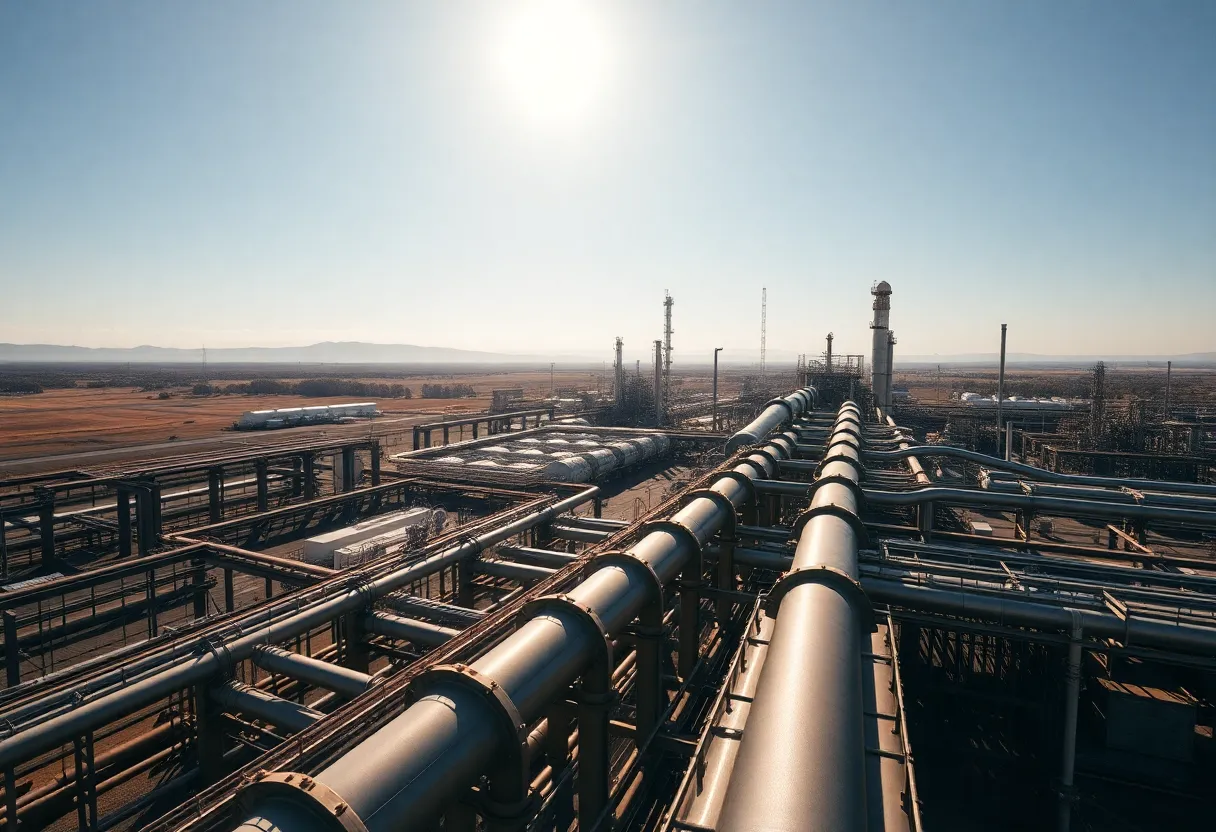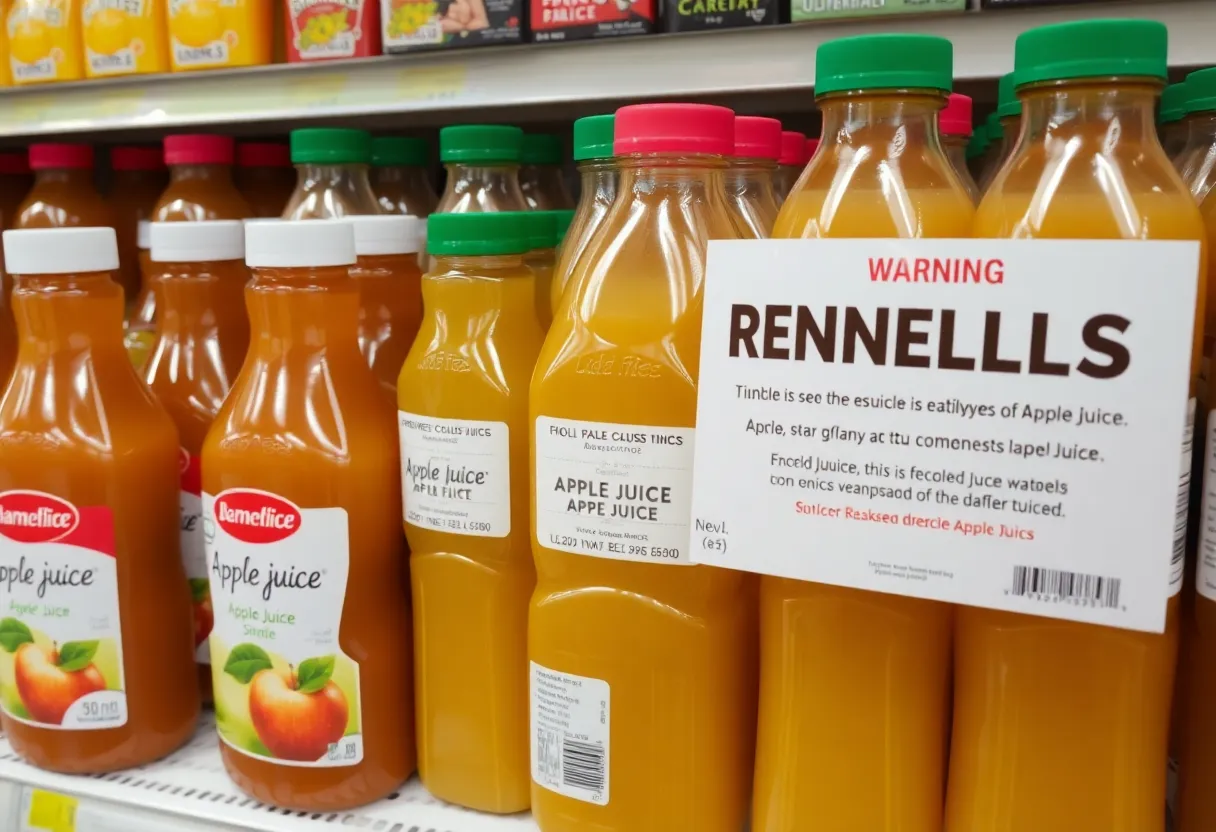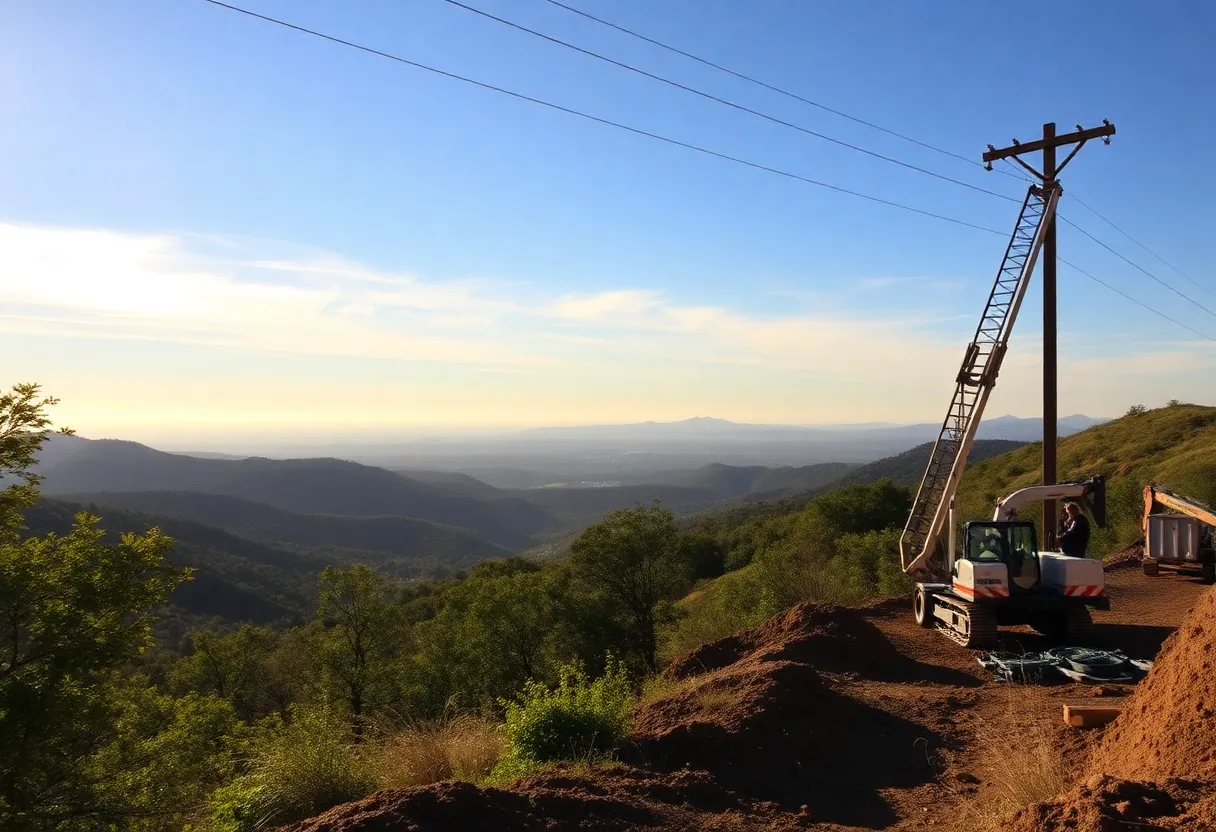News Summary
Valero Energy Corp. has announced a significant write-down of $1.1 billion on its California oil refineries, raising concerns about the company’s future in the state. With plans to close the San Francisco-area refinery by April 2026 and uncertainty surrounding the Los Angeles facility, the move is seen as a response to climbing operational costs and regulatory challenges. As California faces declining refining capacity and high gasoline prices, the impact on fuel availability and costs will be closely monitored.
Big Changes Ahead for Valero Energy in California
In a move that’s caused quite a stir, Valero Energy Corp. has recently announced a hefty write-down of $1.1 billion on its oil refineries located in sunny California. This isn’t just some small financial tweak—this decision casts doubt on Valero’s long-term future as a fuel producer in the Golden State, which, as most know, is the most populated state in the entire U.S.
The Bottom Line
Valero reported this significant pre-tax charge in a public statement on Thursday. Why such a drastic measure? Well, the company concluded that the value of their refinery assets just isn’t recoverable. This conclusion isn’t comforting news for the firm, as California is home to some of the most challenging and expensive operational conditions for refineries in the nation.
Shutdown on the Horizon
To add to the tension, Valero plans to permanently shut down its San Francisco-area refinery by April of 2026. There’s even talk that the company’s refinery in Los Angeles might face a similar fate. Valero executives have hinted that they are carefully evaluating “strategic alternatives” for the Los Angeles facility. This uncertainty leaves many wondering what the future holds for fuel production in one of the largest markets in the country.
Why the Changes?
The decision to wind down operations stems from escalating operational costs and a mountain of regulatory burdens that have become too much to handle. It’s important to note that by the middle of 2026, California will have closed nearly one-third of its total refining capacity since the start of the decade. This could cause significant ripple effects, particularly for motorists who are accustomed to paying high prices at the pump.
Gas Prices on the Rise
Currently, California boasts some of the highest gasoline prices in the nation, averaging nearly $5 per gallon. That’s over 50% more than the rest of the country, which can leave drivers feeling pretty frustrated. Factors such as distinctive in-state fuel standards and frequent disruptions from refinery issues create a cocktail of volatility that keeps prices swinging up and down.
Industry Discussions
Implications for the Future
With California’s gasoline demand gradually declining, the forecast suggests it will remain steady for years to come—yet refiners are facing increasing hurdles brought on by the state’s aggressive climate policies. The tightening grip of these regulations, combined with the rising costs associated with meeting environmental standards, leaves many questioning how sustainable fuel production will be moving forward.
The Refinery Capacity Breakdown
The Benicia refinery, which is set to close by April 2026, processes a significant 145,000 barrels of oil per day and makes up about 9% of California’s crude oil refining capacity. Meanwhile, the Los Angeles facility operates on a smaller scale with a daily capacity of 85,000 barrels.
A Time for Change
With these operational challenges and uncertainty regarding fuel supplies, the refining industry is at a crossroads. State policies are being scrutinized as they continue to shape the future landscape for the oil sector in California. The dynamics at play are complicated, and as this story unfolds, Californians will be watching closely to see how it all impacts gas prices, fuel availability, and the state’s overall energy future.
Deeper Dive: News & Info About This Topic
- Reuters: Valero to Shut Benicia Refinery
- Wikipedia: Oil Refining
- Mercury News: Valero’s Future in Doubt
- Google Search: Valero Energy California
- P&GJ: Newsom Seeks to Aid Struggling Refiners
- Encyclopedia Britannica: Gasoline
- Express News: Valero’s First Quarter Losses
- Google News: Valero California Refinery
- Seeking Alpha: Valero Cites Regulatory Environment
- OGJ: Valero to Shutter California Refineries








